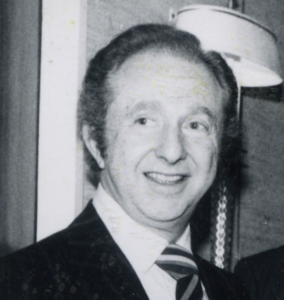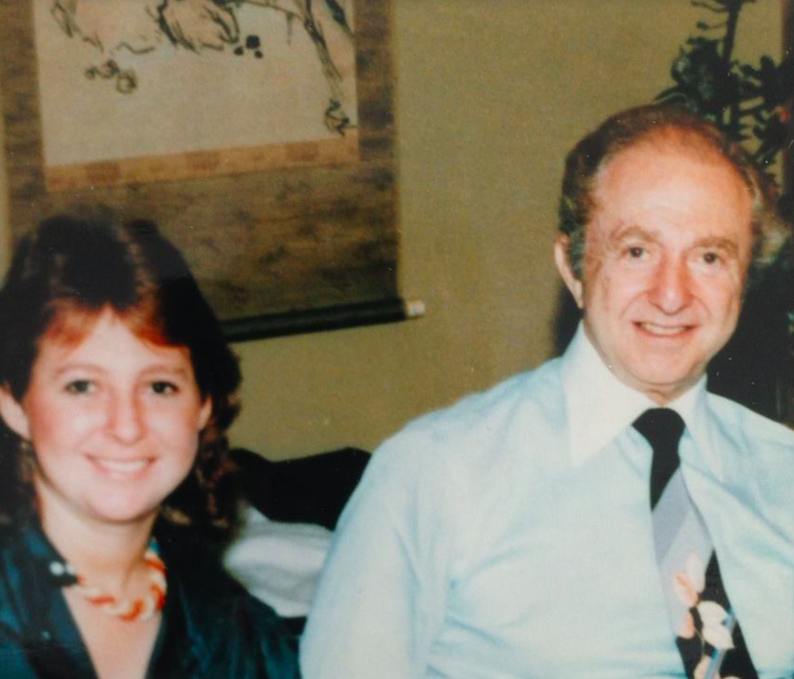By Lauran Bromley, daughter of the Sega co-founder Martin Bromley
Walk into an arcade anywhere around the world and you’ll see and hear the living legacy of Martin Bromley in the hums, pings and pows emanating from wall-to-wall coin-operated games. He’s an icon of the industry, immortalized not only by the Sega name but also the impact he had on the many business leaders and innovators he inspired as he built it.

The Martin Bromley story began in the 1940s when he moved to Hawaii at the age of 19 and started a company called Standard Games with his father Irving Bromberg and friend Jim Humpert. The company operated coin-op games and provided much-needed entertainment to service members stationed on American military bases before, during and after World War II. As an homage to them, they later changed their name to Service Games.
But before Service Games could turn into the giant multinational video game and entertainment company, it almost ceased to exist entirely. In 1951, the business faced an existential threat after the U.S. limited the usage of these coin-operated devices and banned them from military bases. Bromley was not deterred. Instead, he got creative and quickly relocated the company to Japan. Service Games of Japan was officially registered as a Japanese company in May 1952.
Bromley found even greater success abroad. Sega continued to grow, expanding into Korea, Taiwan, the Philippines and Vietnam, among other places. By then, the company didn’t just serve military bases – the games had become a source of entertainment for everyone. They surged in popularity and were exported to reach gamers worldwide.
Offices popped up in every major city in Japan and Korea. Then Taipei, Manila, Bangkok, Saigon, Sydney, Berlin, Frankfurt and London. Bromley built an international market for Sega products with a factory in Berlin and another in Madrid. Richard Stewart and Ray LeMaire were his lifelong partners.
Looking back, I remember my dad telling me about a game Sega Japan built called Periscope. It was so huge a technician had to crawl into the torpedo shell to be able to access the mechanics inside. But what was so important about this massive game was how it transformed the industry, challenging others to think bigger. Periscope cost so much to build that many questioned whether it was realistic or could make any money, but Sega made a bet that consumers would be willing to pay more for such a high-quality game. Their gamble paid off.
Up until then, every game took just a dime to operate. With Periscope, you needed a quarter to play. Twenty-five-cent play became the industry standard. So, the next time your kids nag you for another quarter at the arcade or marvel at the scope and storytelling of the latest video game, you can thank my dad for that.

